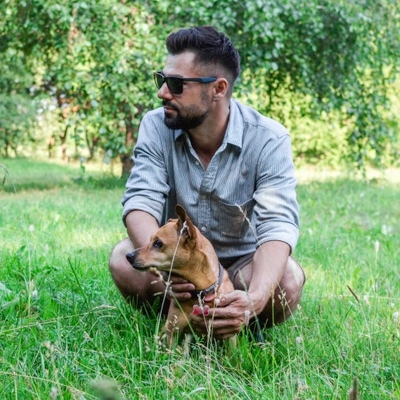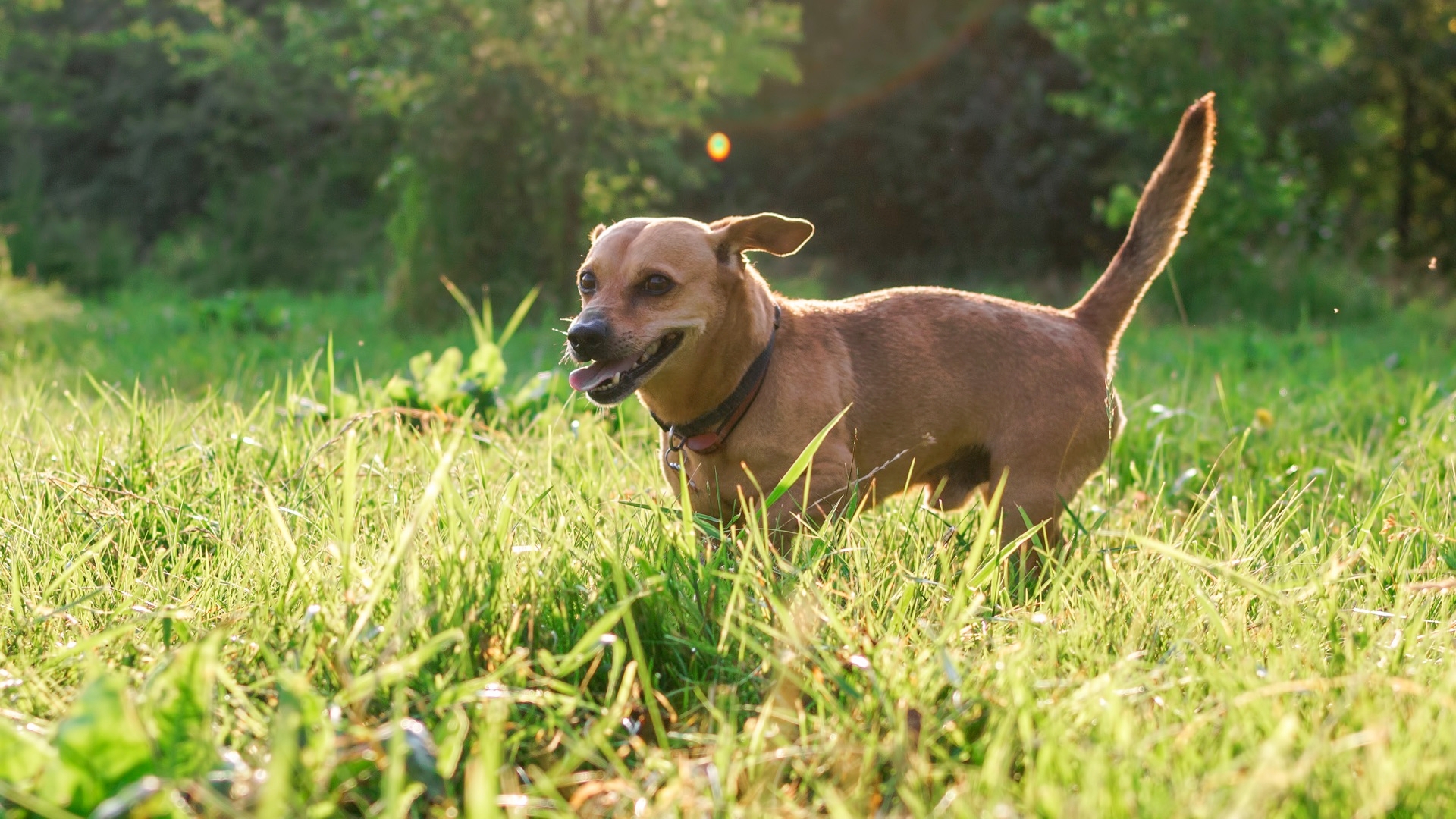Name Recall:
Summary:
Does your dog respond properly to Name Recall? Learn how to properly teach your dog to come back to you with these helpful tips.


This is, by far, the most important command to achieve 100% compliance with. It is also arguably the most complex and time-consuming command to train. Eventually, your dog will understand free will and be forced to make the decision to either come back to you or continue on their exploration of more interesting smells.
I consider there to be three components of Name recall training.
- Active Listening
- Directional Change
- Forced Compliance
Active Listening
Active Listening is key to all skills we train with our dogs. However, with this particular command, it is crucial. Your dog may be 10-100 feet away from you with a brain overload of new smells and stimulation.
Directional Change
Directional Change is just the physicality of the command. Your dog will always have to physically turn their bodies and intended direction to shift its path to return to you. Think of it like training muscle memory in your dog.
Name Recall = Turn around
Force Compliance
Forced Compliance is typically the final portion of training for Name Recall. This consists of using a long leash or sometimes an electronic collar. Although the terminology sounds aggressive, using training tools properly should never be with aggressive intent.
- A long leash is sufficient when working with a young dog or a dog that may have "selective hearing."
- Using an e-collar is often for dogs who will be involved in hunting, foraging, or activities that will incorporate a long distance from the owner.
These are merely ways of reminding your dog that even in longer-range situations, they still need to comply with the command.
To begin addressing the first two portions of this three-tenant plan, a hide-and-go-seek game within the house is perfect. This game requires at least two people, but the more, the merrier.
First, give everyone a small handful of treats. Each person hides in a different portion of the house. Then decide upon the order that each person will call your dog. As the dog hears its name, they must search for you. Upon finding you, they receive a treat. After the successful find, the next person calls. And the rotation continues. The trick is for each participant to change hiding places. The dog must practice active listening and directional change in the same exercise.
Once this is mastered in a smaller space like the household, venture out into a park or field setting. Using a long line, let your dog get distracted and wander away. Then practice calling them back to you. If your dog complies and begins to run towards you, encourage them verbally with "GOOD!"Then reward. If your dog does not return to you, go ahead and pull them into you. You may still reward the first few times to keep the command positive. This is the forced compliance portion. The e-collar would be used in the same fashion with just vibration stimuli to remind the dog of the expectations to return.
Happy Training


